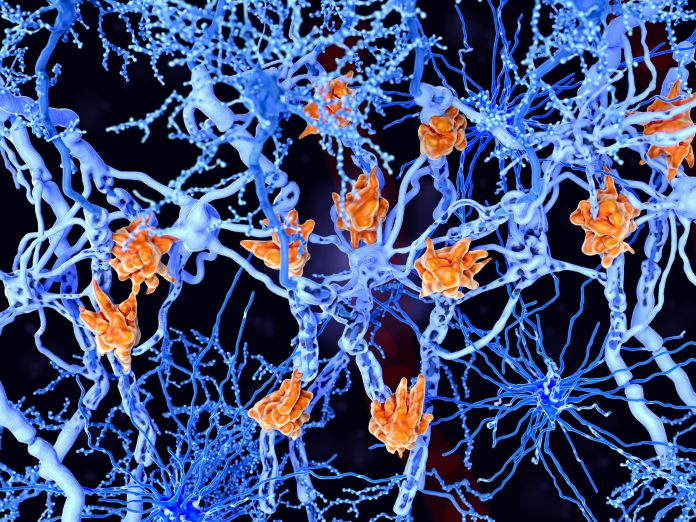
Researchers at the Advanced Science Research Center at the CUNY Graduate Center (CUNY ASRC) have identified a unique histone tag on adult oligodendrocyte progenitor cells (OPCs) that could lead to the development of new therapies to spur myelin repair. Their findings, reported today in the Journal of Cell Biology, could significantly shape the development of new therapies for a range of neurodegenerative disorders like multiple sclerosis, Alzheimer’s disease, and schizophrenia.
The histone tag, which is a lysine 8 acetylation on histone H4, is significantly different from the histone modifications found in neonatal OPCs and may allow researchers to clear a significant hurdle in current research, namely the inability to translate research findings from neonatal OPCs to adult therapies.
According to the investigators, the adult OPC histone modification appears to regulate histone proliferation, which is a critical process that enables the generation of stem-like cells that can develop into mature oligodendrocytes. These oligodendrocytes have the ability to produce new myelin. Myelin is the protective sheath around nerve fibers which, when damaged, is known to cause a range of neurodegenerative and psychiatric diseases.
“The identification of this histone tag provides a clearer understanding of OPC proliferation in the adult brain, and it also holds promise for developing more effective therapies for conditions characterized by myelin damage, like multiple sclerosis, Alzheimer’s, and several psychiatric disorders,” said the study’s principal investigator Patrizia Casaccia, MD, PhD, founding director of the CUNY ASRC Neuroscience Initiative and a professor of biology and biochemistry at the CUNY Graduate Center. “By focusing on adult OPCs, we can move closer to repairing myelin damage and improving patient outcomes.”
For their study, the researchers hypothesized that “by escaping differentiation during developmental myelination, aOPCs [adult OPCs] may adopt histone marks that are distinct from those used by nOPCs [neonatal OPCs]. This underlying epigenetic signature may account for the functional differences between the two cell states.”
The team employed different methods of analysis like RNA-seq, unbiased histone proteomics, and ChIP-seq to tease out the epigenetic differences between neonatal OPCs and adult OPCs that might be related to myelin production. They also sought to precisely detail the molecular mechanisms of adult OPCs, which have remained elusive.
“It is well accepted that these two cell populations [neonatal OPCs and adult OPCs] share immunoreactivity for progenitor markers and differ in their ability to proliferate, migrate, and respond to external signals. Although the molecular mechanisms underlying these functional differences are not completely understood, several studies identified important transcriptional and proteomic differences between these two states,” the researchers wrote.
Their study confirmed earlier research and added to the canon that has identified this histone H4 tag as a driver of progenitor cell proliferation and promoter of myelin growth, and the important difference between neonatal and adult OPCs.
“Our findings underscore the importance of targeting adult-specific cellular mechanisms in neurotherapeutic research,” noted co-first author David K. Dansu, PhD, a former biochemistry doctoral student researcher with the CUNY ASRC Neuroscience Initiative.
Building on their research, the team plans to better understand the influence of lysine 8 acetylation on histone H4 and myelin repair and, with it, develop potential therapeutic strategies that can leverage these new findings.













